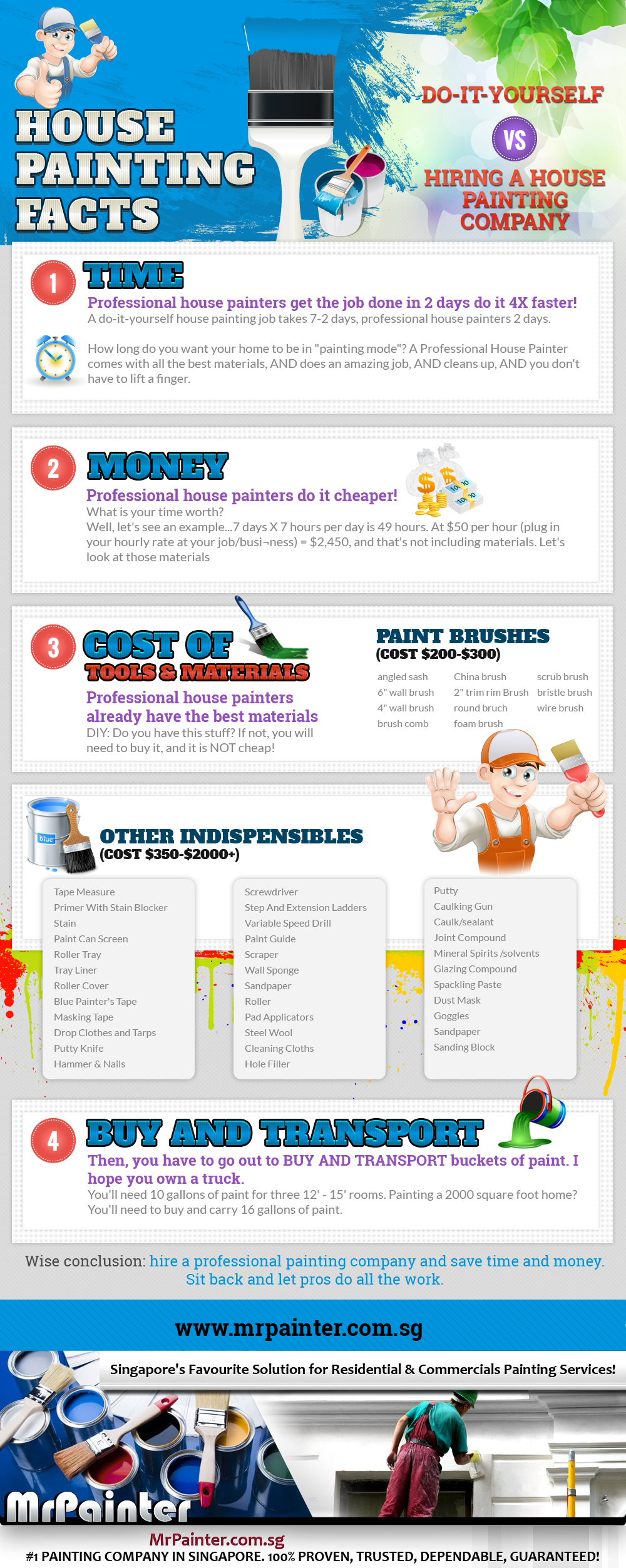Discover The Methods Which Seasonal Elements Can Impact The Success Of Commercial External Painting And Identify The Most Effective Times To Achieve Long Lasting Outcomes For Your Task
Discover The Methods Which Seasonal Elements Can Impact The Success Of Commercial External Painting And Identify The Most Effective Times To Achieve Long Lasting Outcomes For Your Task
Blog Article
Short Article Composed By-McLamb Whalen
When you're intending a business outside paint job, seasonal variables can make or break your outcomes. You'll want to consider how temperature and humidity effect paint application and drying times. Selecting the ideal period can guarantee your paint adheres appropriately and lasts much longer. Yet which seasons are genuinely the very best for this kind of job? Allow's discover the crucial elements that can affect your task's success.
The Influence of Temperature on Paint Application
When you're planning an industrial external painting project, the temperature level can substantially influence just how well the paint sticks and dries out.
Preferably, you intend to paint when temperature levels vary in between 50 ° F and 85 ° F. If it's too cool, the paint may not heal effectively, resulting in problems like peeling off or cracking.
On the other side, if it's too hot, the paint can dry as well rapidly, stopping appropriate adhesion and leading to an uneven coating.
Recommended Browsing need to also consider the moment of day; early morning or late afternoon uses cooler temperatures, which can be a lot more desirable.
Constantly check Recommended Web page for the details paint you're using, as they often offer support on the optimal temperature variety for optimum results.
Humidity and Its Result on Drying Times
Temperature isn't the only environmental aspect that influences your commercial exterior painting task; moisture plays a substantial function too. High moisture levels can decrease drying out times substantially, influencing the overall high quality of your paint task.
When the air is saturated with wetness, the paint takes longer to heal, which can bring about issues like inadequate bond and a higher threat of mold development. If you're painting on an especially damp day, be planned for extensive wait times in between coats.
It's important to keep track of local weather conditions and plan accordingly. Preferably, go for moisture levels between 40% and 70% for ideal drying.
Maintaining these factors in mind ensures your job remains on track and delivers an enduring surface.
Best Seasons for Commercial Exterior Painting Projects
What's the most effective time of year for your industrial outside painting tasks?
Spring and very early autumn are normally your best options. Throughout these periods, temperatures are mild, and moisture degrees are commonly reduced, creating perfect problems for paint application and drying out.
Stay clear of summer season's intense heat, which can create paint to completely dry as well swiftly, causing poor adhesion and finish. Similarly, winter season's cold temperature levels can impede proper drying out and healing, taking the chance of the long life of your paint work.
Aim for days with temperatures in between 50 ° F and 85 ° F for optimum results. Bear in mind to check the local weather report for rainfall, as wet conditions can destroy your project.
Preparation around these aspects ensures your paint task runs smoothly and lasts much longer.
Final thought
In conclusion, planning your industrial outside painting tasks around seasonal factors to consider can make a substantial difference in the result. By scheduling work during the ideal temperature levels and humidity degrees, you'll ensure better adhesion and drying times. Remember to watch on neighborhood weather prediction and select the right time of year-- springtime and very early fall are your best bets. Taking https://interiorhomepaintersnearm67766.boyblogguide.com/33324645/discover-the-most-up-to-date-techniques-and-fads-in-house-paint will assist you achieve a sturdy and professional surface that lasts.
